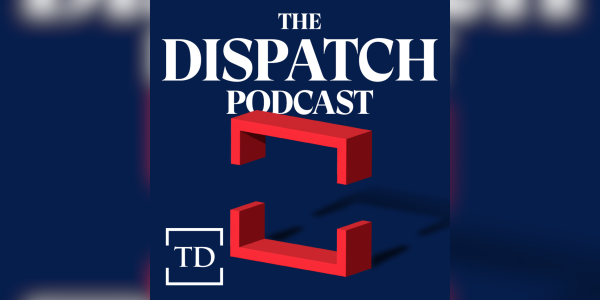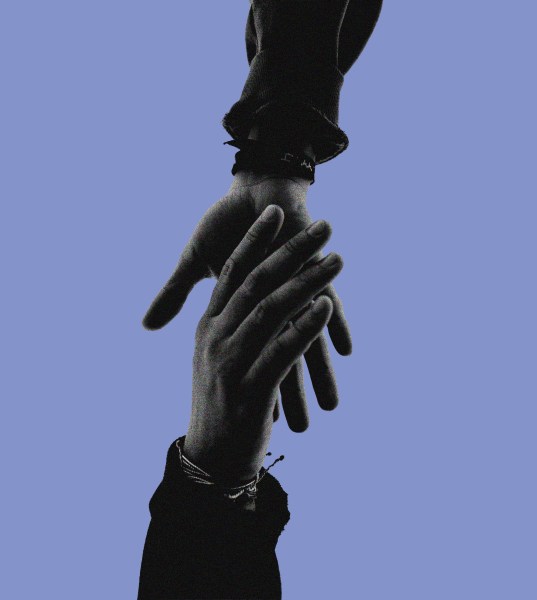Who is a moderate now? Who’s a centrist?
Until recently, the answer to such questions was primarily ideological. Centrists were middle-of-the roaders who rejected the purity of the ideological left and right. I will confess: I used to have considerable scorn for such people. They often acted as if being in the middle was a sign of intellectual superiority.
After all, on some issues the pure ideological position is often smarter than the split-the-difference compromise. If one side wants to build a bridge over a canyon and the other side doesn’t, the smartest course isn’t to build half a bridge that stops in thin air.
In recent years, though, the definition of centrism has been changing before our eyes as the culture has become more partisan. For instance, I haven’t changed my conservative views on most issues, but because I am a staunch critic of President Trump, many liberals now treat me as if I am a moderate or centrist. That makes sense if you think of Trump as a giant magnet next to our political compass. He serves as the true north for much of the right, which means much of the left reflexively marches south. That puts me somewhere like halfway between the two at east or west.
But I’ve come to believe there’s something else going on. Karen Stenner, an economist who studies authoritarianism, has identified what she calls an “authoritarian predisposition.” She is quick to note that authoritarianism isn’t synonymous with conservatism or any other ideological framework. Authoritarianism, she writes, “is a functional disposition concerned with maximizing ‘oneness’ and ‘sameness’ especially in conditions where the things that make us one and the same—common authority, and shared values — appear to be under threat.”
Historically, American conservatism has balanced conflicting impulses. It has been antagonistic to sudden, drastic, social change while at the same time it fully embraced—at least in theory—the free market. The problem is that economic liberty fuels change more than almost anything else. What Joseph Schumpeter called “creative destruction” constantly replaces old means of production with new ones. Moreover, most conservatives were defenders of existing traditional institutions and norms. This deference to courts, elections and the rule of law put structural limits on the reach of culturally conservative programs.
A similar uneasy fusion endured on the left. In economics, capitalism was seen as something that needed to be harnessed, controlled or even caged. But in the cultural marketplace, the left had its own version of creative destruction.
But both sides kept these internal tensions in check. Now the equilibrium is breaking down before our eyes. Both left and right have their own versions of “cancel culture” now. Leading conservatives routinely heap scorn on “market fundamentalism,” championing everything from protectionism and industrial planning to state meddling in social media platforms (despite the fact that the right dominates the very outlets they insist are “censoring” them). Prominent intellectuals flirt with authoritarianism, and even monarchy.
On the left, hostility to free speech and open debate is even more intense. In July, when a collection of mostly progressive intellectuals and writers issued an open letter calling for a renewed commitment to free speech, left-wing blowback was intense.
It’s not just on issues of expression that the left’s liberal consensus has come apart. Due process on college campuses is now scorned as reactionary. Religious liberty is tolerable, so long as it doesn’t conflict with progressive values. It is rapidly becoming a mainstream position on the left to favor packing the Supreme Court as soon as possible.
Stenner argues that the authoritarian predisposition is triggered when the settled order becomes unsettled and an instinctive panic sets in. Whatever the cause(s) of these chaotic times may be (I have my theories), I think the chaos has triggered vast numbers of people on the left and the right to embrace illiberalism.
Both movements share an antipathy toward the bedrock American and classically liberal right to be wrong, to live differently, to care about unfashionable things, or simply to not care about fashionable ones. Dissent is a kind of assault that must be policed and silenced, by state or cultural power—or both. Conformity must be imposed. The twin fads of socialism and nationalism are best understood as competing attempts to impose sameness and order on each side’s own terms.
In this climate, the new centrists can be ideologically conservative or progressive according to the old definitions, but east and west share a common discomfort with the constant demand to catastrophize our politics in order impose orthodoxy on everyone. And amid the cacophony, such centrism can be quite lonely.
Photograph by Justin Sullivan/Getty Images.







Please note that we at The Dispatch hold ourselves, our work, and our commenters to a higher standard than other places on the internet. We welcome comments that foster genuine debate or discussion—including comments critical of us or our work—but responses that include ad hominem attacks on fellow Dispatch members or are intended to stoke fear and anger may be moderated.
With your membership, you only have the ability to comment on The Morning Dispatch articles. Consider upgrading to join the conversation everywhere.